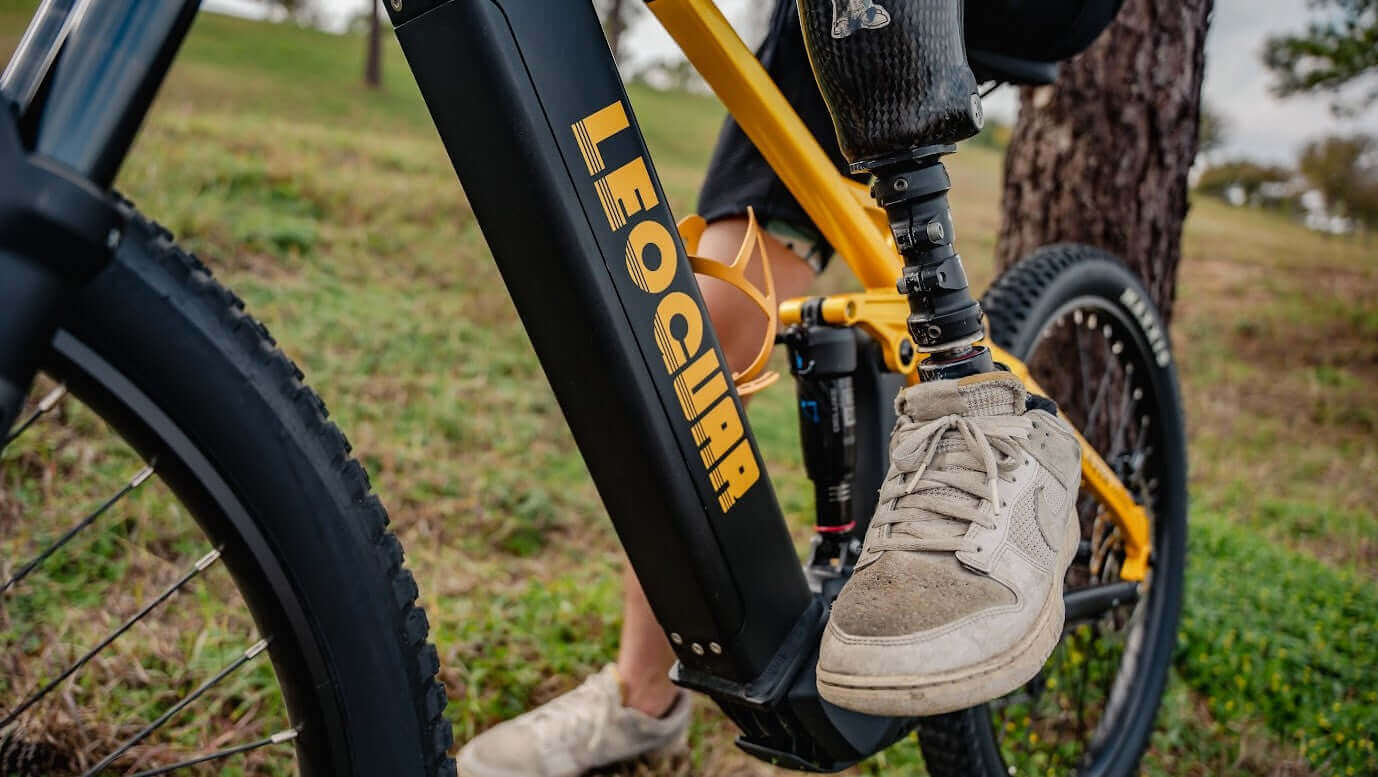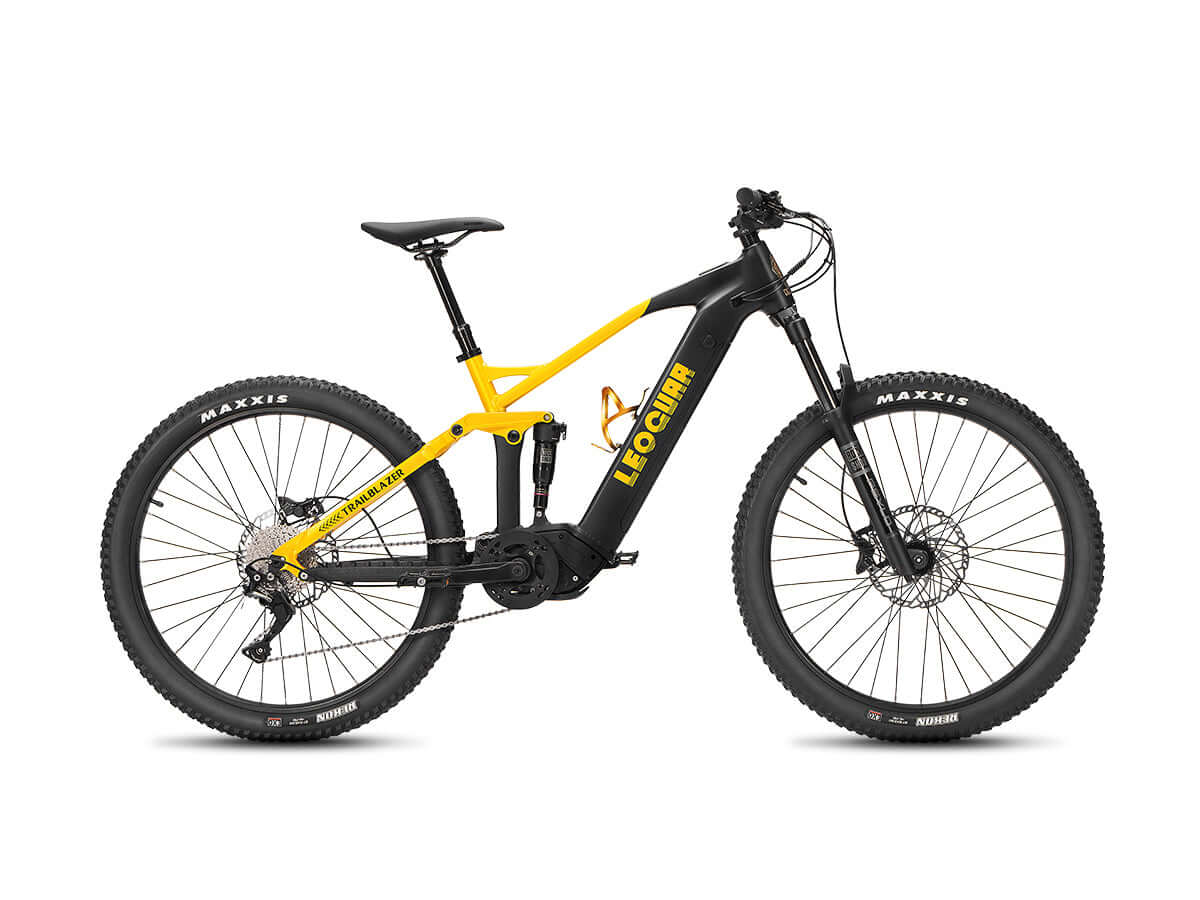
Electric Bicycles with Torque Sensors: Transform Your Ride
Choosing the Right Sensor for Your Electric Bike
When you pick an electric bicycle, the most important part that controls how it feels is one you can't see: the sensor. This part acts like the bike's brain. It listens to what you do and tells the motor how to help you. The sensor connects your effort to the electric power you get.
What's the difference between the two main types? It's simple.
A torque sensor measures how hard you pedal. When you push harder on the pedals, the motor gives you more power. The help you get matches your effort perfectly. A pedal position sensor, also called a cadence sensor, only checks if you are pedaling. As long as the pedals turn, the motor gives a set amount of power. It doesn't matter how hard you work. This difference helps you choose between an e-bike that feels natural and one that feels like a scooter with pedals.
The Torque Sensor Explained
Electric bicycles with torque sensors give you the best pedal-assist technology available. This system makes your effort stronger instead of replacing it. It creates a smooth partnership between you and the bike.
How It Works
The system uses a special strain gauge at its center. This sensor usually sits in the bottom bracket where your pedal cranks turn. Sometimes it goes in the rear hub instead. The sensor measures the tiny force you put on the bike parts when you pedal.
When you push harder, the sensor feels this extra force right away. It tells the motor controller to give you matching power. This creates an instant feedback loop that responds to your effort. Push less, and the power drops smoothly. Push hard, and the bike moves forward with you.

The Ride Experience
Electric bicycles with torque sensors shine because they feel natural and easy to understand. The ride feels like you on your best day. Picture yourself stopping on a steep hill. With a torque sensor, a strong push on the pedal gives you quick, powerful help to start moving smoothly. You won't feel jerky starts or delays. You feel stronger, not pushed around.
Traffic situations require quick speed to merge or cross intersections safely. The bike responds right away to your harder pedaling. It gives you the speed you need exactly when you need it. When you ease up as you approach a red light, the power fades smoothly for better control.
Even easy rides on flat paths feel better with torque sensors. You can pedal lightly and get just a little help. This keeps the feel of regular cycling while fighting wind or small hills. The bike helps but never takes over your ride.
Pros and Cons
Pros:
- Very natural and easy ride feel
- Better battery life
- Exact control over power and speed
- Great for hills and different terrain
- Better for riders who want exercise
- Safer in crowds because power is predictable
Cons:
- Costs more because the technology is complex
- Needs rider effort to work (you can't just barely pedal)
The Cadence Sensor
The pedal position sensor, or cadence sensor, is the older and simpler type of pedal-assist technology. It works on a basic principle that shows in both how it rides and what it costs.
How It Works
A cadence sensor system uses magnets on the crank arm and a sensor on the bike frame. When you turn the pedals, the magnets pass the sensor. This tells the controller that you are pedaling. Once the controller gets this "on" signal, it gives a fixed amount of power based on your chosen level like Level 1, 2, or 3.
It doesn't matter how hard you pedal - as long as the cranks turn, you get that set power. Stop pedaling, and the power cuts out after a short delay.
The Ride Experience
Riding an e-bike with a cadence sensor feels less like cycling and more like running a machine. The main feature is "lag and lurch." You start to pedal, and for half a turn, nothing happens. Then the sensor notices the movement, and the motor kicks in at its set power, often with a sudden jolt.
This system lets you "ghost pedal." On flat roads, you can put the bike in high gear and turn the pedals slowly with no effort. The motor does all the work and moves you at the speed set by the assist level. While this relaxes some riders, it disconnects you from the experience.
Hills and tricky situations make this lack of control a problem. The on/off power feels jerky and wild. It doesn't give you the extra boost you need when you push harder up steep sections.
Pros and Cons
Pros:
- Lower cost makes e-bikes easier to buy
- Simple and reliable technology
- Lets you ride with very little effort ("ghost pedaling")
- Good for riders with physical problems who need steady help
Cons:
- Sudden, jerky, and unnatural power
- Uses battery power poorly
- Bad control and response, especially at low speeds or on hills
- One power output that doesn't change for the rider
Head-to-Head Comparison
Let's compare these two systems directly across the factors that matter most to riders.
| Feature | Torque Sensor | Cadence Sensor |
|---|---|---|
| Ride Feel | Natural, easy, smooth. Feels like part of your body. | Unnatural, jerky, on/off. Feels like a motor pushing you. |
| Control | Excellent. Power matches your input for exact control. | Poor. Sudden power and delay in starting/stopping. |
| Hill Climbing | Superior. Gives more power as you pedal harder up hills. | Okay but clumsy. Power stays the same, doesn't respond to effort. |
| Battery Life | High. Uses only the power you need, saving the battery. | Low. Often gives full power when little is needed, wasting energy. |
| Cost | Higher. Found on premium and mid-range e-bikes. | Lower. Common on entry-level and budget e-bikes. |
| Best For | Commuters, fitness riders, trail riders, and anyone who values ride quality. | Casual riders on a budget, or those who want a throttle-like experience. |
Better Battery Life
One of the biggest practical benefits of electric bicycles with torque sensors is better battery efficiency. This means longer rides on a single charge.
The reason is simple: a torque sensor only tells the motor to use the power you ask for. If you pedal lightly, the motor uses little energy. If you coast or pedal backward, it uses none at all. Think of it like a dimmer switch for a light - you can adjust the brightness to exactly what you need.
A cadence sensor works like a simple on/off switch. If the pedals turn, the motor draws its set amount of power, even if you barely put in effort. This often means the motor works harder than needed, wasting battery life.
Studies and real tests show that on mixed terrain, electric bicycles with torque sensors can make battery life 15-25% longer compared to cadence sensor models with the same battery and motor. For a commuter, that could mean the difference between getting home with power left or running out on the last hill.
Is It Worth the Cost?
Electric bicycles with torque sensors do cost more money. This brings up the big question: is the upgrade worth the extra cost? For most riders who plan to use their e-bike regularly, the answer is definitely yes.
The higher cost isn't just for a gadget - it's an investment in a much better riding experience. It's an investment in safety, control, efficiency, and fun.

Consider these rider types:
- The Daily Commuter: A torque sensor gives the instant speed needed to navigate traffic safely and the smooth control needed for stop-and-go conditions. The better efficiency means more confidence in daily range.
- The Fitness Rider: For those using an e-bike for exercise, a torque sensor is essential. It makes sure you always contribute effort, allowing for a real workout. The help is there to flatten hills and fight wind, not to do the work for you.
- The Trail Rider: On trails, exact power control is critical. A torque sensor lets a rider apply just enough power to clear a technical uphill section without making the rear wheel spin out. This level of control is impossible with a cadence sensor.
While a cadence-based e-bike can be a great, affordable entry into electric bikes, a torque sensor lifts the machine from a simple motorized vehicle to a true high-performance bicycle.
Making the Right Choice
The choice between a torque and cadence sensor comes down to what you want from your ride. Are you looking for a helpful "on button" that makes pedaling optional, or do you want a smart partner that feels like a bionic version of your own legs?
The cadence sensor offers a simple, automated push. The torque sensor offers a dynamic, responsive, and exciting ride that keeps you at the center of the experience. It makes the technology disappear, leaving just the pure joy of a great bike ride.
We always tell riders to test ride different models if possible. The difference is not something you can just read about - it's something you have to feel. Once you experience the smooth power and easy control of a high-quality torque sensor system, you'll understand why it's the preferred choice for smart riders. Explore our collection of premium electric bicycles with torque sensors to feel the difference for yourself.
Frequently Asked Questions
Q: Can I upgrade my cadence sensor e-bike to a torque sensor?
A: Unfortunately, upgrading from a cadence sensor to a torque sensor is not practical. The torque sensor requires different hardware built into the bike frame and motor system. It's better to choose the right sensor type when buying your e-bike.
Q: Do torque sensors work well for older riders or those with joint problems?
A: Yes, torque sensors can actually be better for riders with physical limitations. They provide assistance that matches your effort level, so you can pedal as lightly as needed while still getting helpful power. You have more control over how much work you do.
Q: How much more do electric bicycles with torque sensors typically cost?
A: Electric bicycles with torque sensors usually cost $300-800 more than similar models with cadence sensors. However, the better ride quality, battery efficiency, and control often make this investment worthwhile for regular riders.
Q: Will a torque sensor e-bike still work if I want to pedal very lightly?
A: Absolutely. Torque sensors respond to any amount of pedaling effort, even very light pressure. You can cruise comfortably with minimal effort and still receive assistance. The key difference is that the power will match your light effort rather than giving you full power.
Q: Are torque sensors more likely to break than cadence sensors?
A: Modern torque sensors are very reliable and built to last for many years of regular use. While they are more complex than cadence sensors, quality torque sensors from reputable manufacturers are designed to handle the stresses of daily riding without problems.









































Leave a comment